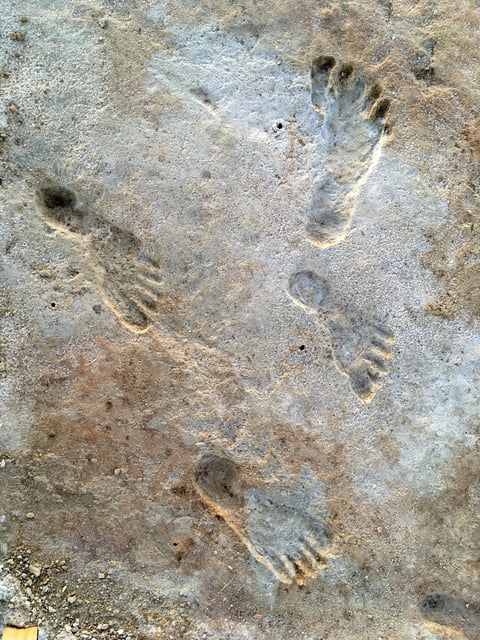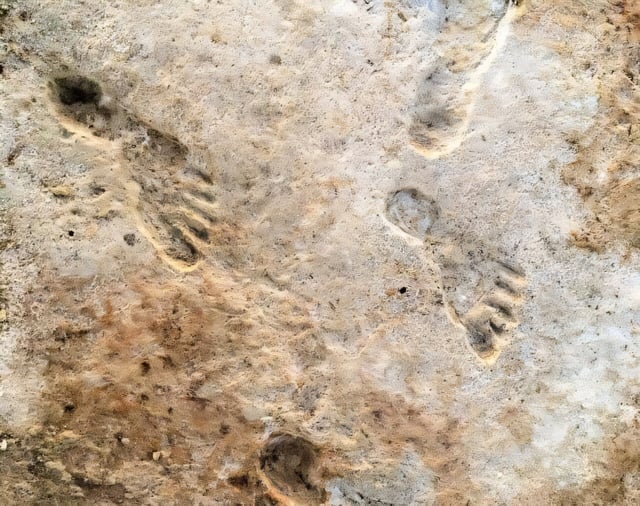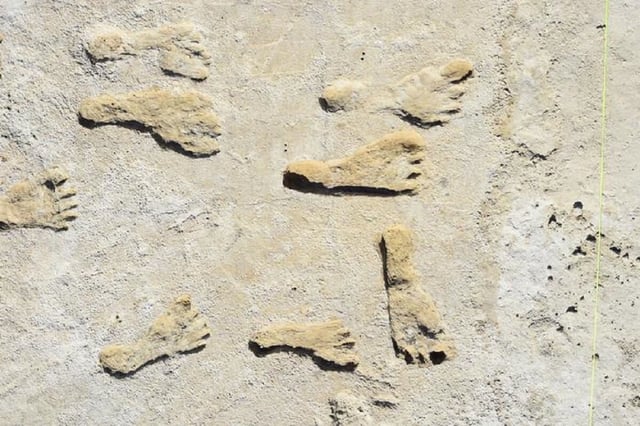Overview
- The June 2025 study led by University of Arizona geologist Vance Holliday used radiocarbon dating on wetland mud directly linked to the footprints, yielding ages between 20,700 and 22,400 years.
- When combined with prior radiocarbon results from seeds and pollen, the three independent labs produced a total of 55 consistent dates placing human tracks in New Mexico between 21,000 and 23,000 years ago.
- These findings extend human presence in North America nearly 10,000 years earlier than the Clovis horizon and indicate people occupied territories south of the ice sheets during the last glacial maximum.
- The prints were preserved in layered stream and lake sediments that once formed part of ancient Lake Otero, offering key insights into the region’s environmental conditions more than 20,000 years ago.
- Researchers suggest the lack of stone tools or campsites reflects the footprints’ makers as small hunter-gatherer groups passing briefly through the floodplain.


